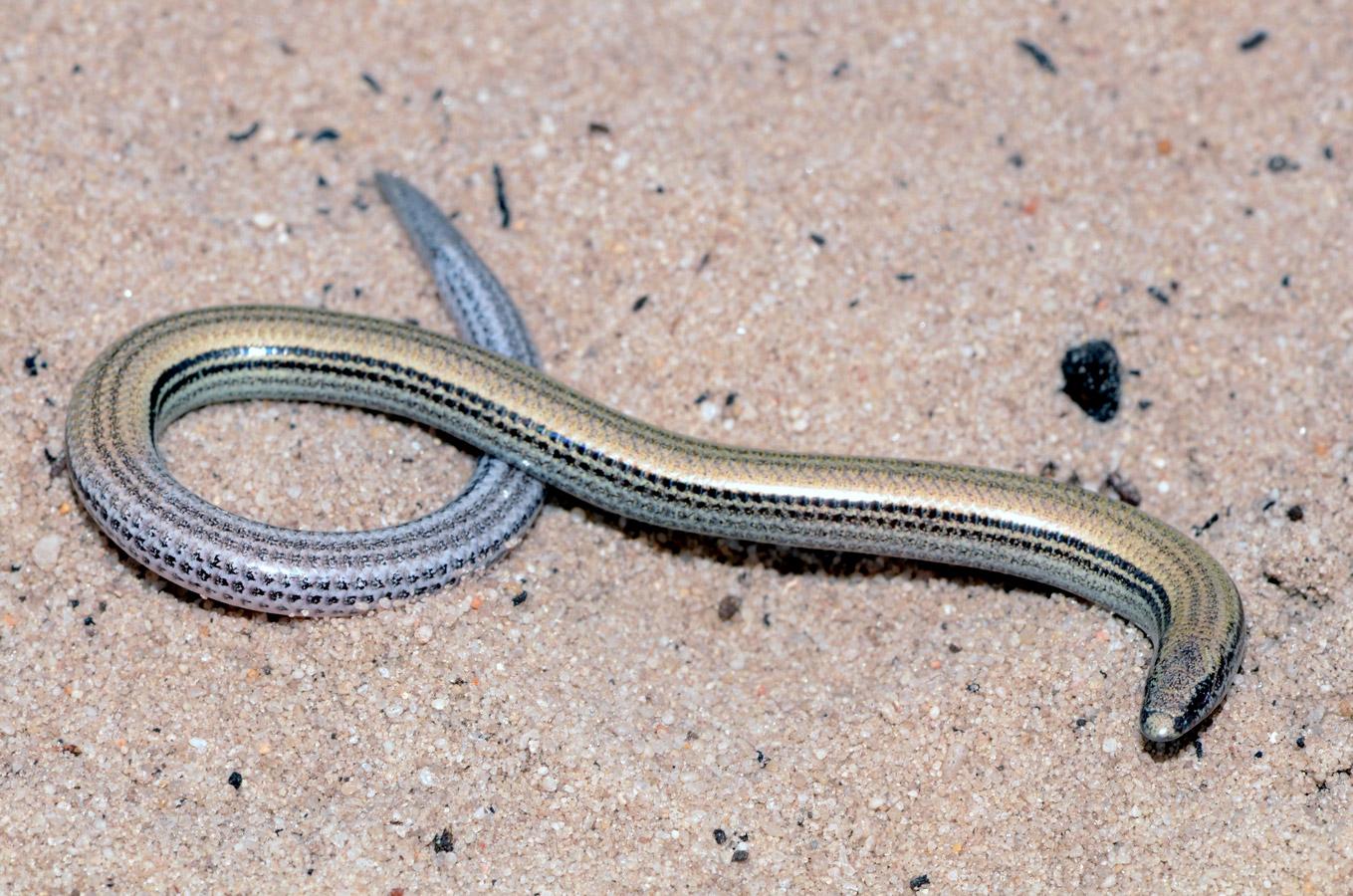Slender skinks: The evolution of elongated and limbless lizard bodies

Image by Marius Burger (Public Domain)
The loss of legs has evolved many times in squamates - that's lizards and snakes - and with this is usually an elongate, slender body.
This project will examine the vertebral column diversity using the sphenomorphine skinks as an excellent evolutionary experiment to test how and why this body form has evolved.
This project will train you in cutting-edge morphometric methods, the statistical analysis of shape, and give you experience in museum collections.
Supervisor Dr Emma Sherratt is an expert is the statistical analysis of shape, and co-supervisor Professor Mark Hutchinson is a world-leading herpetologist and honorary researcher at the South Australian Museum.
Relevant references for this project include:
- Vertebral evolution and ontogenetic allometry: The developmental basis of extreme body shape divergence in microcephalic sea snakes - Evolution and Development
- Patterns of intracolumnar size variation inform the heterochronic mechanisms underlying extreme body shape divergence in microcephalic sea snakes - Evolution and Development

Supervisors
Co-supervisor: Professor Mark Hutchinson - South Australian Museum
Research area: Quantitative Morphology Group, School of Biological Sciences
Recommended honours enrolment: Honours in Evolution and Palaeobiology
